Crude oil, a naturally occurring petroleum product is a type of fossil fuel extracted from the earth. Consisting of hydrocarbons and other organic materials, crude oil is refined to produce a wide variety of usable products including gasoline, diesel, and various other forms of petrochemicals.
As crude oil can not be replaced naturally at the same rate that we consume, It is a nonrenewable limited resource. To date, crude oil is the single most important primary source of energy production, and hence, it plays a significant role in the world energy scenario. Due to its high market value in the energy scenario, Crude oil is often compared to gold and referred to as “black gold”. In the year 1859, Col. Edwin Drake drilled the first successful well through rock and produced crude oil at Titusville, Penn. In this article, we will explore more about crude oil: its definition, composition, types, and factors that determine crude oil price.
What is Crude Oil?
Crude oil can be defined as a naturally occurring, yellowish-black colored, liquid fossil fuel made up of a mixture of hydrocarbons, extracted through drilling from beneath the earth’s surface. Crude oil consists of a mixture of hydrocarbons, nitrogen, sulfur, oxygen, and other miscellaneous organic compounds. Crude oil is formed due to the transformation of large quantities of dead organisms by intense heat and pressure under the sedimentary rock of the earth.
Upon extraction of this crude oil by the oil drilling method, its components are separated by fractional distillation technique in a fractionating column. Numerous oil and gas industry products like gasoline, kerosene, diesel, asphalt, plastics, pharmaceuticals, pesticides, chemicals, etc are produced from crude oil.
Composition of Crude Oil
The composition of crude oil varies from one formation to another. However, it falls approximately in the range provided in Table 1 below.
| Element | Weight Percent Range |
| Carbon | 83 to 85% |
| Hydrogen | 10 to 14% |
| Nitrogen | 0.1 to 2% |
| Oxygen | 0.05 to 1.5% |
| Sulfur | 0.05 to 6.0% |
| Metals | < 0.1% |
Crude oils are characterized by hydrocarbon compound types present in them: alkanes or paraffin, naphthenes, aromatics, and asphaltic. The most common hydrocarbons in crude oil are Alkenes. Naphthenes are also an important part of all liquid refinery products. Aromatics and asphaltic usually constitute a small percentage of most crudes. The relative percentage of these four groups of hydrocarbons that determine the exact properties of crude oil is provided in Table 2.
| Hydrocarbon Type | Weight Percent Range |
| Alkanes (paraffin) | 15 to 60% |
| Naphthenes | 30 to 60% |
| Aromatics | 3 to 30% |
| Asphaltic | Remainder |
The appearance and color of crude oil depend greatly on its composition. The usual color of raw crude oil is black or dark brown.
What are the Types of Crude Oil?
Depending on various parameters crude oil is categorized into several groups as follows:
Crude Oil type based on API gravity scale
Depending on the API gravity of crude oils, they are classified into the following three types:
- Heavy Crude (10-200 API gravity)
- Medium Crude (20-250 API gravity), and
- Light Crude (>250 API gravity)
Types of Crude Oils based on the amount of sulfur
Depending on the presence of sulfur or hydrogen sulfide (one of the major pollutants), crude oil is grouped into the following two categories:
- Sweet Crude oil (Sulfur content less than 0.5%)
- Sour Crude oil (Sulfur content >0.5%)
Usually heavier crude has greater sulfur content.
Crude oil Types based on geographic location
The classification of crude oil based on the geographic location where it is produced is very important as it directly affects transportation costs. Depending on the geographic production location, crude oil is classified into the following classes
- WTI (West Texas Intermediate) crude: High quality, sweet, light oil crude.
- Brent crude: Oil production from Europe, Africa, and the Middle Eastern oil is usually considered as Brent crude.
- Dubai-Oman crude
- Tapis crude: from Malaysia
- Minas crude: from Indonesia
- OPEC reference basket crude: crude oil blends from various OPEC countries.
- Midway sunset crude: heavy crude oil of California
- Western Canadian Select crude
Crude Oil Price
The price of crude oil refers to the spot price of a barrel of benchmark crude oil. Depending on the type of crude oil the price also varies significantly. The factors on which the crude oil price depends are:
- Extraction cost: With an increase in the cost of extraction due to technology cost, the crude oil price increases.
- Specific gravity or API gravity of the crude oil: Lighter crudes cost more as compared to heavier grades.
- The sulfur content of the crude oil type: Sour crude oil is cheaper than sweet crude oil.
- Location of the crude oil: WTI crude is costlier compared to other grades.
- Oil Demand: Similar to other products, when demand rises crude oil price also increases.
- Production Volume: When crude oil extraction is more than the demand, the price of crude oil drops.
- Natural Disaster: Natural disasters or extreme weather conditions in major oil-producing regions affect production which results in an increase in crude oil price.
- Dependency on other energy sources: With an increase in energy dependency on other energy sources like renewable energy sources the price of crude oil decreases.
- Political factors: War, terrorism, attacks, political instability, etc. reduce oil prices.
- The exchange value of the Dollar: The fluctuation of the dollar price globally affects the crude oil price locally.
- Economic factors: Crude oil prices reduce during recession periods.
- Brokers and Speculators: The crude oil price is also influenced by the brokers and speculators of trading.
- OPEC decisions: OPEC or the Organization of Petroleum Exporting Countries (15 countries: Iran, Iraq, Kuwait, Saudi Arabia, Venezuela, Nigeria, Libya, Algeria, Angola, Congo, Ecuador, Gabon, UAE, Qatar, Equatorial Guinea) have a major influence on the global oil price. Their decisions affect the price of crude oil.
Crude Oil Barrel
A Crude oil barrel is a unit of crude oil that represents the volume of crude oil. It is represented as bbl in short. The price of crude oil is provided in terms of “crude oil price per barrel”. In the worldwide oil industry, a crude oil barrel is defined as 42 US gallons or 35 imperial gallons which are approximately 159 liters. The production of oil companies is represented as barrels (bbls) per day unit.
What are the differences between Crude oil and Shell oil? Crude oil vs Shale oil
The primary difference between crude oil and shale oil is the way they are collected. The shale oil is usually found in smaller batches within the rock shale. The differences between crude oil and shale oil are tabulated below:
| Crude Oil | Shale Oil |
| Crude oil is extracted directly from reservoirs | Shale oil is generated by processing the organic matter present in the rock shale with pyrolysis, hydro-generation, or thermal dissolution. |
| Extraction of crude oil does not require high-end technology. | High-end technology is required for extracting shale oil. |
| The crude oil extraction method is old but used worldwide. | The shale oil extraction method is newer and widely used in the USA. |
Crude Oil Frequently Asked Questions
1. What are the top oil-producing countries?
The top five oil-producing countries are the USA, Russia, Saudi Arabia, Canada, and Iraq.
2. When will the Oil production come to an end?
This is not easy to answer. However, the oil firm BP has estimated that as per the existing oil reserve estimate in different counties and consumption rates, the oil production will end in the year 2067. But not to worry, scientists will create other renewable sources to depend on.
Click here to know about Crude Desalting and Dehydration Processes


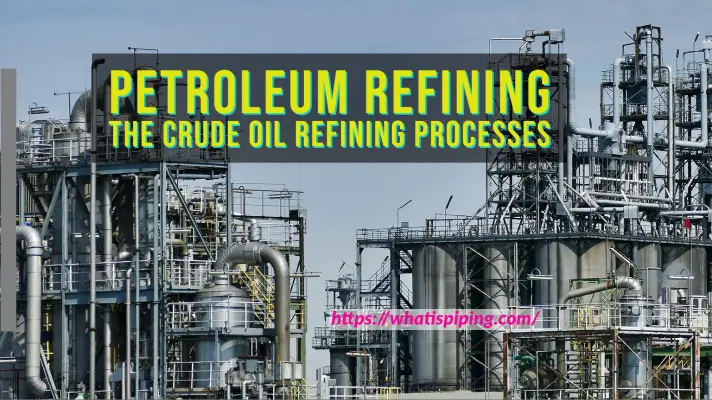
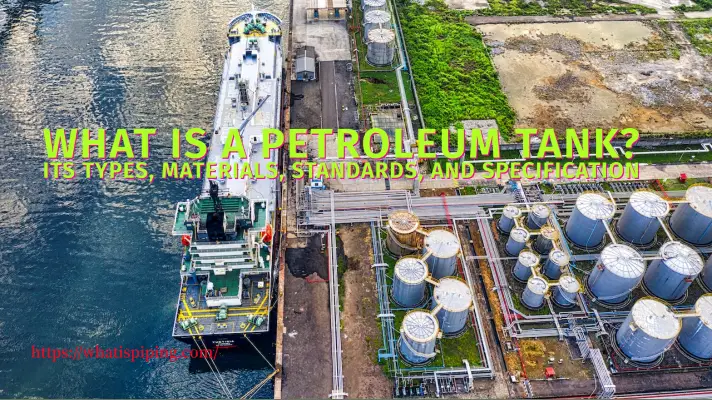
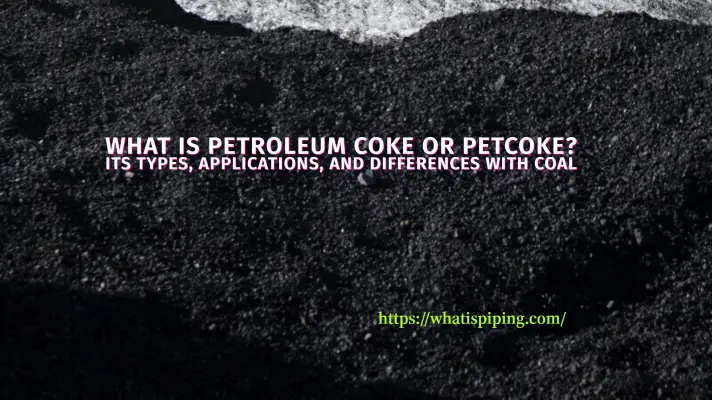
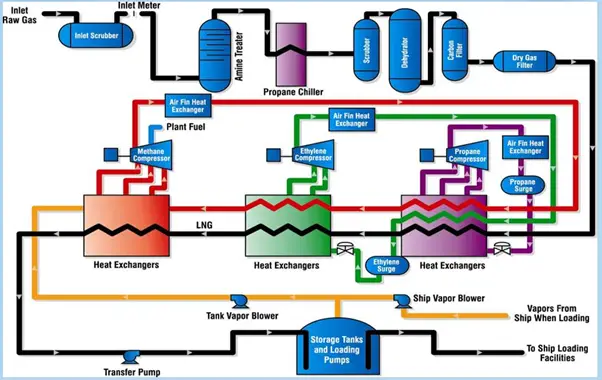
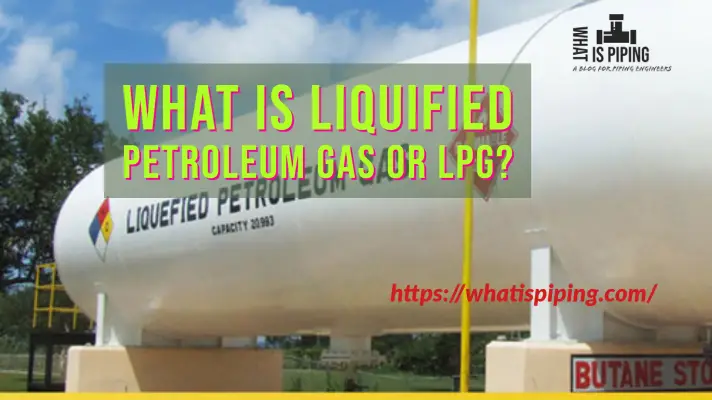

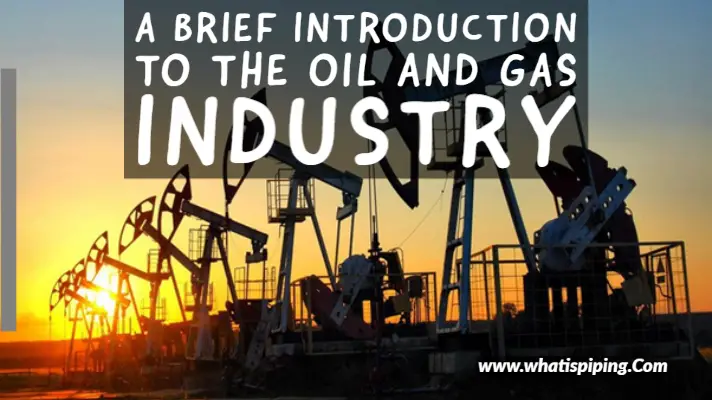
Thanks for the information, Am looking for video show haw is flow inside the reservoir . Am preparing presentation for university student
Excellent
Can u please write about gas price, gas classification,…